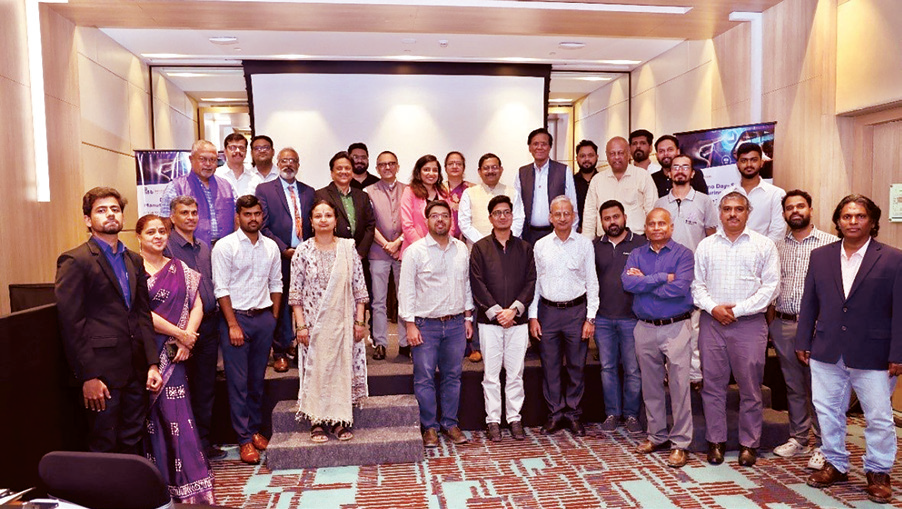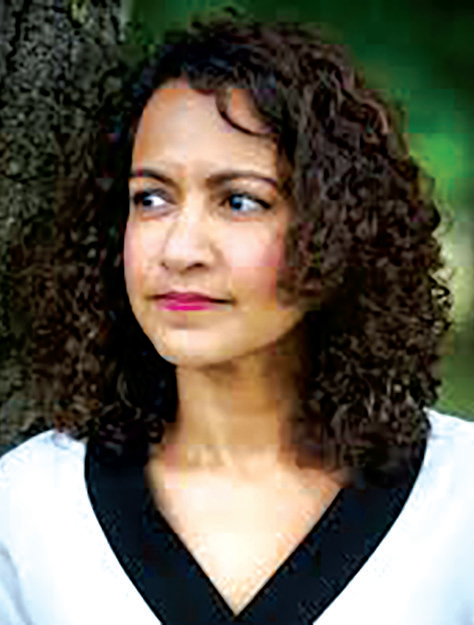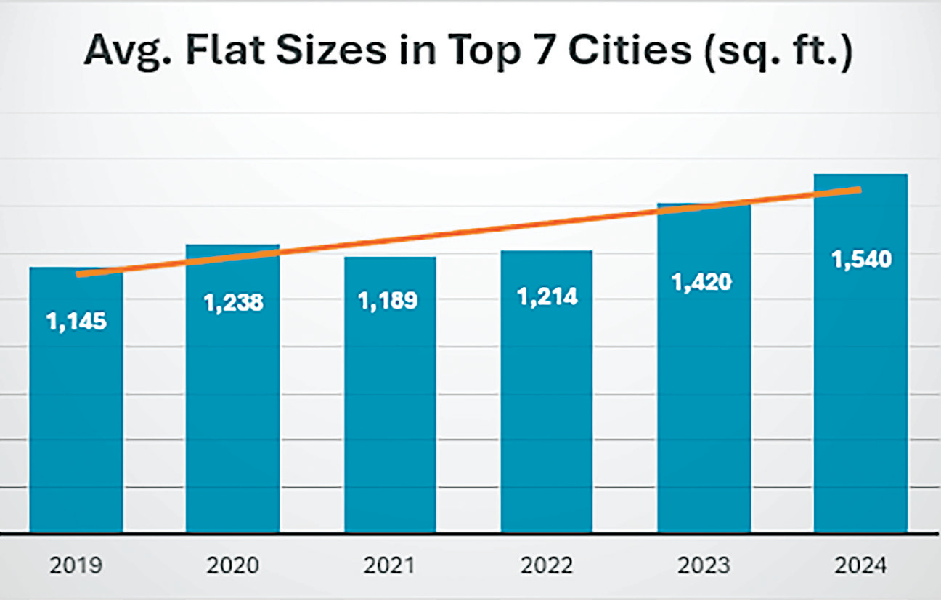
The museum of knowledge: The Museum gives you a peek into an era and a culture
By M A Siraj
When in Istanbul, don’t miss the Museum of the History of Science and Technology in Islam, the latest addition to the vast list of museums the historic city hosts. It opened its portals for the visitors only in 2008 and is located behind Topkapy Palace, the seat of the emperors of the Ottoman kingdom. In fact, it is housed in the buildings, which served as the imperial stables of the Topkapy Palace, on the outskirts of Gulhane Park in the crowded Fatih district. The huge space of the stable was renovated and reoriented for the purpose. The Museum was conceptualised and given shape by Dr Fuat Sezgin, an Islamic science historian who devoted nearly 50 years to research on Arabic and Persian manuscripts by Muslim scientists and mainly preserved in European museums and archives.
Islamic civilisation had its heydays between 8th to 12th centuries (precisely 750 to 1258 AD) when Cordova and Grenada in Spain; Baghdad, Damascus, Isfahan in the Middle East; Fez in Morocco; Cairo in Egypt; Samarkand and Bukhara in Uzbekistan were important centres of learning. Scholars from as far as India in the east and Europe in the West travelled to these cities to learn maths, astronomy, chemistry, medicine, geometry, geography from teachers like Ibne Sina (Avicenna as he is known in contemporary Europe), Ibne Rushd (Averroes), AlFarabi (Alpharabius), AlKhwarizmi (the creator of algorithms) and Al-Jazri.
Prototypes of 585 tools and devices from a dozen disciplines of science and technology were either gathered or prepared for the museum following details in the hoary manuscripts. Majority of these replicas were created by the Institute for the Islamic Science History of Arab-Islamic Sciences at Frankfurt’s Johann Wolfgang Goethe University with the help of manuscripts in the archives and libraries. However, only around a hundred of these devices are on display at a time. The 12 sections where they are displayed include astronomy, clocks, war technology, medicine, mining, physics, mathematics and geometry, architecture and city planning, chemistry and optics, geography and cinevision screening room.
The large Elephant Clock welcomes the visitor in the entrance hall of the Museum. A modern replica of the original clock made by Al-Jazri (1136-1206), an engineer who invented several hydraulic devices, it has an automated humanoid which strikes the cymbal together with a mechanical bird chirping at every designated hour. The entire device also depicts the universality of Islam which covered parts of Asia, Europe and Africa. Al-Jazri is reported to have written: “The elephant represents the Indian and African cultures, the two dragons represent Chinese culture, the phoenix represents Persian culture, the water work represents Greek culture and turban represents Islamic culture, thereby multiplicity of cultures represented by Islam.”
The entryway of the museum displays the Globe, which was one of the most important scientific-historical achievements of ArabIslamic geography. The Arab scientists were the first to create the world on a globe with spherical projections during the reign of Abbasid caliph Al-Mamun (ruled 813-833 AD) thereby accurately depicting the geography of the known world till then.
The Ibne-i-Sina Botanical Garden outside the main building displays 26 varieties of medicinal plants documented in the second volume of the 22-volume AlQanoon fit Tibb compiled by physicist Ibn-i-Sina. This medical encyclopedia was a standard text in leading European universities till a century ago.
Astronomy is considered to be one of the world’s oldest sciences. The section elaborately displays astrolabes, sundials, clocks designed by Al-Jazari and Al-Biruni, mechanical clock dating back to 1559 by the polymath Takiyal Din, chandelier clocks, the Andalusian candle clock with twelve doors and nautical equipment.
The architecture section has something to offer from India. It displays a large model of the Jantar Mantar at Jaipur constructed by Sawai Jaisingh, the Maharaja of Jaipur in 1734, which copied several elements from the observatory (Rasadgaah in Persian) in Samarkand, Uzbekistan. The physics room has an interesting exhibit, the steampowered turn-spit, said to be the forerunner of the steam turbine developed 200 year later.
A model of Al-Khazini’s balance details the virtues of the most sophisticated balances to find the precise weight of gems and precious stones. The balance was constructed on the basis of details in his book Al-Kitab Mizan Al-Hikma. It was also capable of measuring the weight and density of pure metals and alloys with a high degree of accuracy. It could also be used to distinguish the fake from the real based on specific gravity. The map section displays a copy of the world map drawn by one of the most famous cartographers, Muhammad al-Idrissi.
The tasteful
 English daily published in Bengaluru & Doha
English daily published in Bengaluru & Doha






